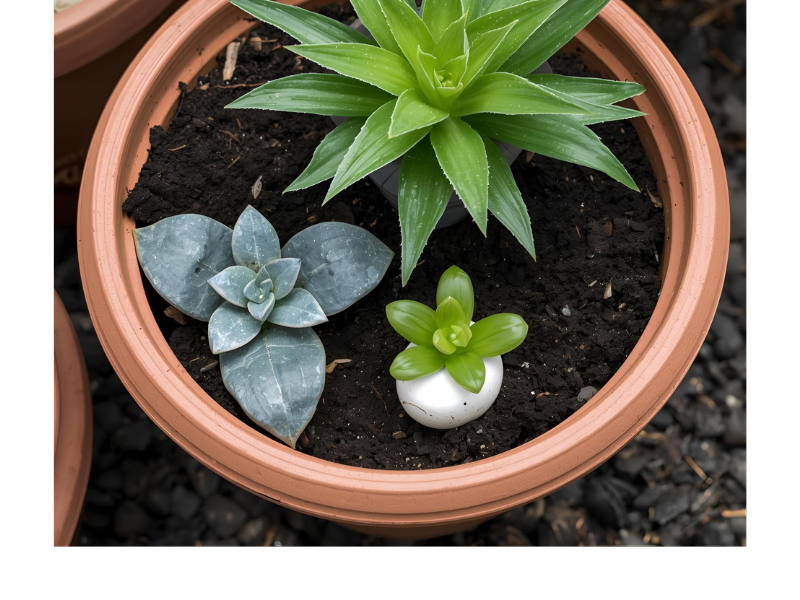In the world of pet care, the choice between wet and dry food is a topic of much discussion among pet owners. With an array of options on the market, it can be challenging to determine which type of food best meets the nutritional needs of our beloved pets. Pets R.I.P, dedicated to the care and well-being of pets even in their final moments, understands that a healthy life begins with proper nutrition. This article explores the differences between wet and dry pet food, aiming to provide pet owners with the knowledge to make informed decisions for the health and happiness of their furry companions.
Wet Food: Pros and Cons
Wet food, often packaged in cans or pouches, is characterised by its high moisture content, typically around 75-85%. This higher moisture content can be beneficial for pets, particularly for those who might not drink enough water on their own, such as cats, who have a low thirst drive. Wet food can also be more palatable and easier to chew, making it a good option for older pets or those with dental issues.
However, wet food can have its drawbacks. It is generally more expensive than dry food and, once opened, has a shorter shelf-life and must be refrigerated. Additionally, wet food does not provide the same dental benefits as dry food, which can help reduce tartar buildup through the mechanical action of chewing.
Dry Food: Pros and Cons
Dry food, or kibble, is known for its convenience and long shelf-life. It’s typically more energy-dense than wet food, meaning pets require less of it to meet their energy needs, which can make it more cost-effective for pet owners. The crunchy texture of dry food also helps maintain oral health by reducing plaque and tartar buildup.
On the downside, dry food has a much lower moisture content, which means pets may need to consume more water to stay hydrated. Some pets, particularly those with certain health issues, may find dry food less appealing or harder to digest. Furthermore, the quality of dry food can vary widely, so it’s important to choose a product with high-quality ingredients and a balanced nutritional profile.
Making the Right Choice for Your Pet
When deciding between wet and dry food, consider your pet’s age, health, and personal preferences. For some pets, a combination of wet and dry food might offer the best of both worlds, providing the hydration benefits of wet food along with the dental health and convenience of dry food.
It’s also crucial to look beyond the wet vs. dry debate and focus on the quality of the food. Regardless of type, a diet that’s rich in high-quality proteins, essential fatty acids, vitamins, and minerals is vital for your pet’s overall health. Always consult with your veterinarian to determine the most appropriate diet for your pet’s specific needs and lifestyle.
In conclusion, there’s no one-size-fits-all answer to whether wet or dry food is better for pets. Each type has its advantages and disadvantages, and the best choice depends on individual factors unique to each pet. At Pets R.I.P, we believe that informed choices about pet nutrition are essential to providing a loving, caring environment for our pets throughout their lives. By considering the needs of our furry friends and consulting with veterinary professionals, we can ensure they receive the nutrition they need to thrive.





